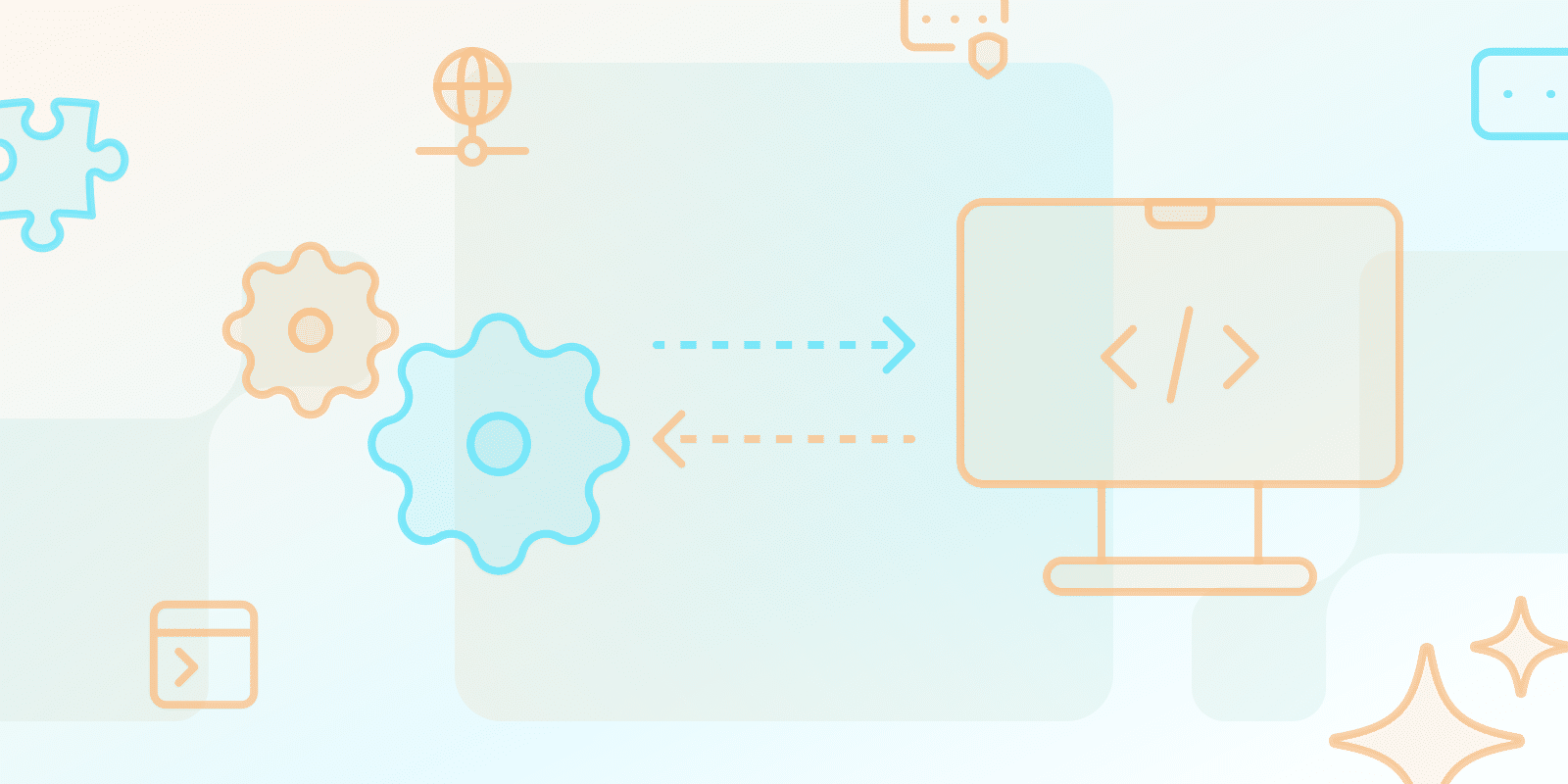Serverless Computing
Cosa sono le API e gli endpoint?

Cosa sono le API e gli endpoint?
L'API (Application Programming Interface) è una raccolta di linee guida e standard che consentono a diverse applicazioni software di scambiare informazioni e lavorare in modo cooperativo. Funge da connessione in cui un'applicazione può utilizzare direttamente funzionalità o dati di proprietà di un'altra applicazione.
Un endpoint è un URL o un indirizzo in un'API che mostra uno scopo o una funzione specifici. È il punto di interazione attraverso il quale un'applicazione invia richieste e ottiene risposte dall'API.
Qual è la differenza tra un endpoint e un'API?
L'API può essere definita come un accordo che espone la relazione tra varie applicazioni. Descrive l'endpoint, il formato dei dati e come creare una richiesta. Un endpoint è un determinato punto o indirizzo all'interno dell'API in cui è possibile organizzare un'applicazione specifica.
Qual è la differenza tra un webhook, un endpoint API e un SDK?
- Un endpoint API si riferisce a un URL all'interno di un'API che gestisce la gestione di richieste e risposte.
- Webhook è un URL API specifico che riceve informazioni in tempo reale o modifica dello stato in base a un determinato evento da un'altra applicazione.
- L'SDK (Software Development Kit) è un set di strumenti che include librerie, esempi e altre risorse per facilitare lo sviluppo dell'API. Ha funzioni e metodi predefiniti che gli sviluppatori utilizzano per interagire con l'API senza sviluppare tutto il codice richiesto.
| Caratteristica | Webhook | Endpoint API | SDK |
|---|---|---|---|
| Definizione di Base | |||
| Scopo principale | Ricevi notifiche push in tempo reale | Gestire richieste e risposte specifiche | Fornire strumenti e librerie di sviluppo |
| Tipo di comunicazione | Basato su push | Richiesta-risposta | Supporto allo sviluppo |
| Caratteristiche tecniche | |||
| Trasmissione dati | Aggiornamenti attivati da eventi | Avvio manuale della richiesta | Librerie di codice predefinite |
| Complessità di implementazione | Specializzato, specifico per evento | Protocollo di comunicazione standard | Framework di sviluppo completo |
| Esempi di casi d'uso | |||
| Applicazione tipica | Notifiche del gateway di pagamento | Recupero e invio dati | Integrazione API semplificata |
Un webhook è la stessa cosa di un'API?
È importante notare che un webhook funziona in modo diverso rispetto a un'API. Un webhook è un tipo specializzato di endpoint API sviluppato allo scopo di ricevere notifiche push in tempo reale da un'altra applicazione. L'API generalizza un insieme di regole e specifiche per la comunicazione tra applicazioni che possono includere diversi tipi di endpoint.
Qual è un esempio di endpoint webhook?
Un esempio di endpoint webhook è quando un gateway di pagamento invia una notifica a un'applicazione di e-commerce dopo che una transazione è stata completata. I webhook sono sempre basati su push, il che implica che l'applicazione di origine invia dati all'endpoint webhook quando un evento specifico lo attiva.
Qual è la differenza tra API e serverless?
Un' API determina come due o più applicazioni comunicheranno mentre il serverless computing è una forma di cloud computing in cui il provider cloud controlla e procura risorse computazionali secondo necessità. Le API spesso beneficiano di un'architettura serverless, consentendo agli sviluppatori di concentrarsi sullo sviluppo della logica essenziale dell'API senza impegnarsi nella gestione o nel ridimensionamento del server. L'API funziona su un modello pay-as-you-go che addebita solo per l'effettivo tempo di calcolo utilizzato durante le richieste API.
- Durante lo sviluppo dell'API, è importante concentrarsi sulla documentazione dell'API e sui nomi scelti per gli endpoint che migliorano l'esperienza dello sviluppatore.
- Dai un'occhiata agli strumenti di test API come Postman per semplificare il lavoro degli sviluppatori e i processi di debug.
- Per i principianti, scegli un framework serverless come AWS Lambda o Azure Functions per semplificare l'avvio.
Conclusione
È importante conoscere le specifiche di API, endpoint, webhook e ambienti di elaborazione serverless nel contesto attuale dello sviluppo software.
Le API sono la base dell'integrazione delle applicazioni, gli endpoint sono i punti di interazione all'interno di un'API, i webhook vengono utilizzati per il monitoraggio degli eventi in tempo reale e il serverless fornisce un modello di esecuzione efficiente e conveniente per le API.
La comprensione di questi concetti consente agli sviluppatori di prendere decisioni consapevoli riguardo alla selezione delle API per diverse applicazioni che sono allineate con i requisiti degli utenti.